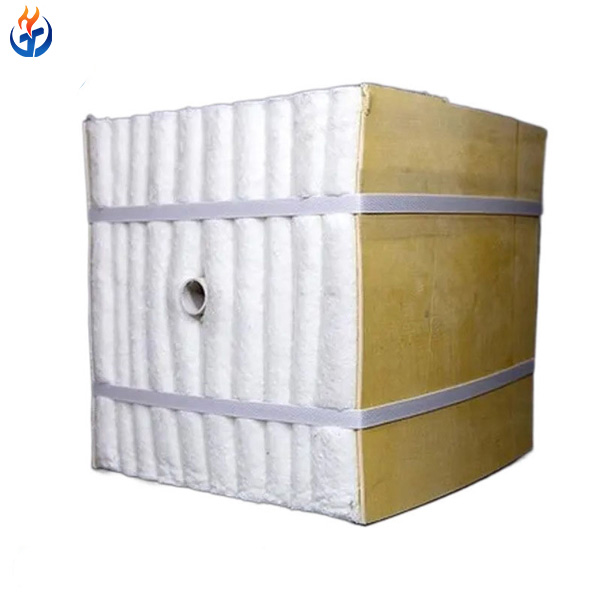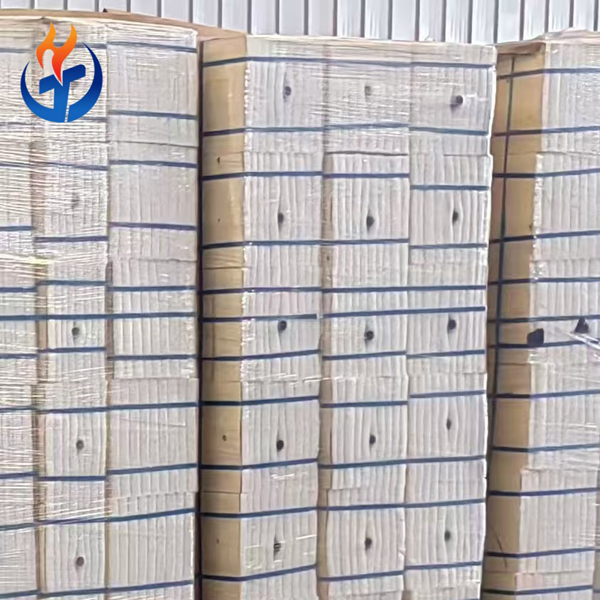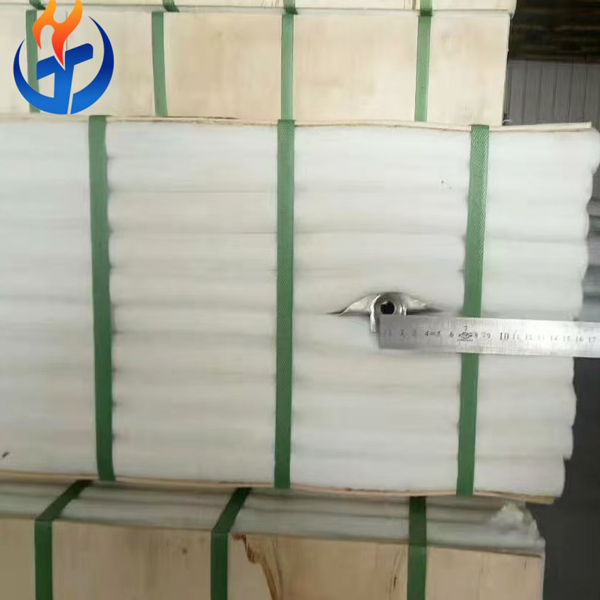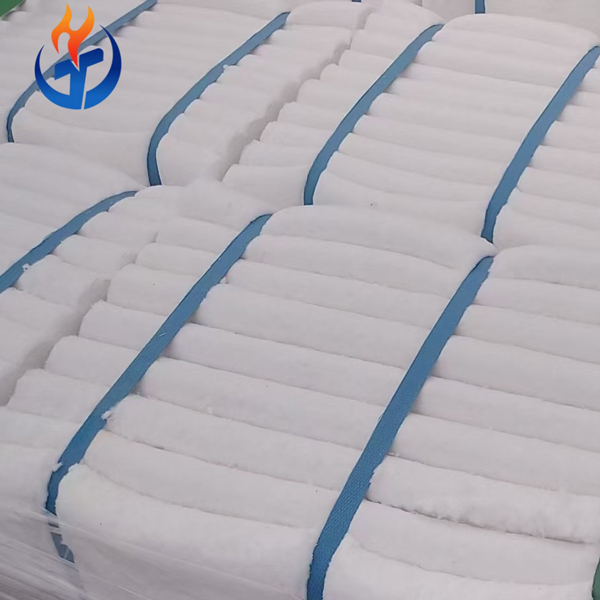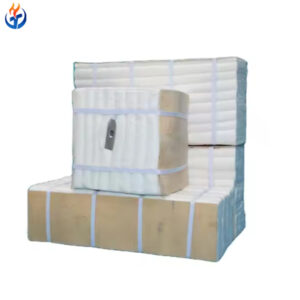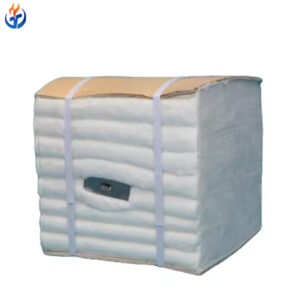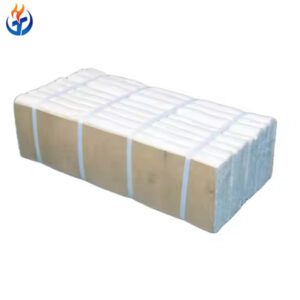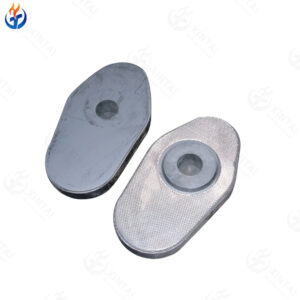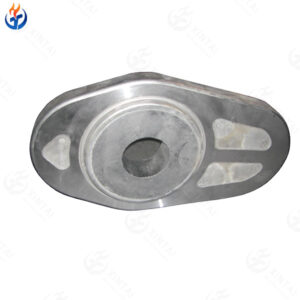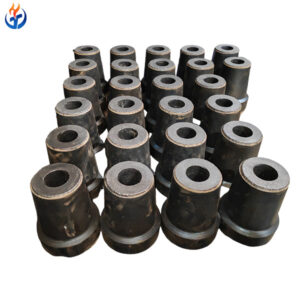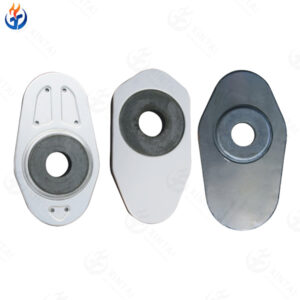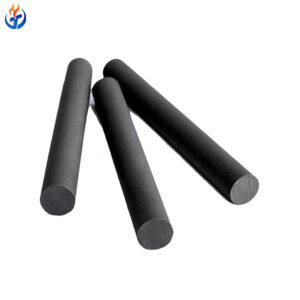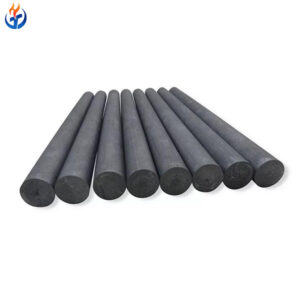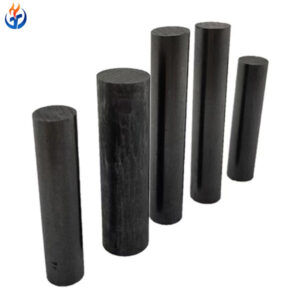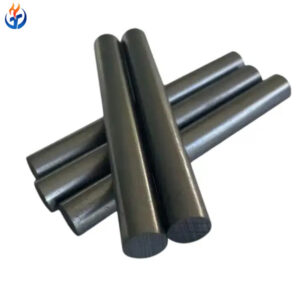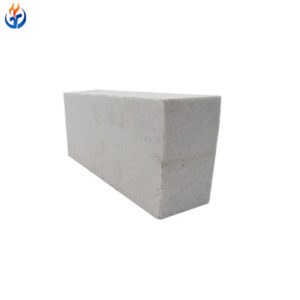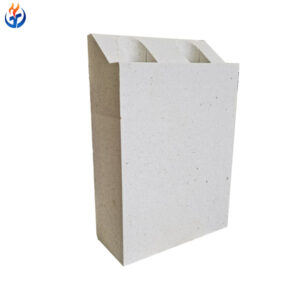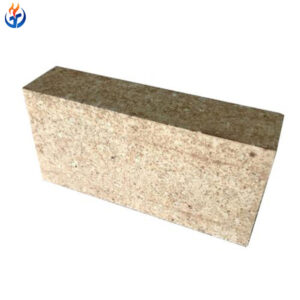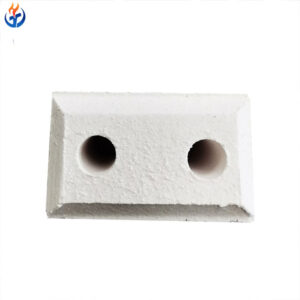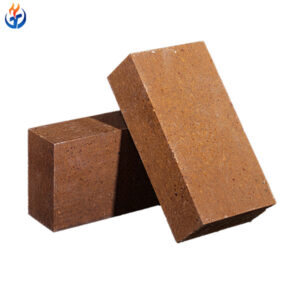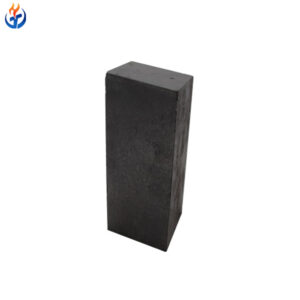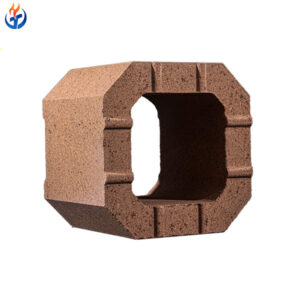Designed for the most demanding thermal environments, the Zirconium Ceramic Fiber Module can withstand classification temperatures up to 1430°C. The incorporation of zirconia (ZrO₂) into the fiber composition enhances both thermal stability and resistance to chemical attack, making it ideal for aggressive atmospheres such as non-ferrous metallurgy and ceramic sintering.
Technical Specifications of High Alumina Ceramic Fiber Insulation Module
| Property | Value |
|---|---|
| Bulk Density | 190–260 kg/m³ |
| Thermal Conductivity (500°C) | ≤ 0.125 W/m·K |
| Permanent Linear Change | ≤ -0.5% (at 1430°C × 24h) |
| Moisture Content | ≤ 1.0% |
| Color | White with slight tint |
| Packaging | Export-grade cartons with wrap |
| Certifications | ISO9001 / ISO14001 / ISO45001 |
Key Features
Rated Temperature: 1430°C
Composition: Alumina-Silica-Zirconia ceramic fiber (ZrO₂ ≥ 15%)
High Corrosion Resistance: Suitable for chemically harsh environments
Superior Durability: Long service life even under thermal cycling
Low Shrinkage: Maintains structural integrity at extreme temperatures
Modular Construction: Fast installation and minimal maintenance
Typical Applications
Zirconium Ceramic Fiber Module 1430°C is widely used in:
Aluminum melting furnaces
Glass tank crown insulation
Petrochemical process heaters
Incinerators and cremators
Production Details of Zirconium Ceramic Fiber Module
The Zirconium Ceramic Fiber Module is meticulously manufactured using high-purity ceramic fiber blanket containing zirconium oxide (ZrO₂), which enhances its thermal resistance and structural integrity under extreme conditions. These blankets are precision-folded and compressed into a modular block, then secured using stainless steel anchors or custom fixing systems based on installation requirements.
The module is designed for direct attachment to industrial furnace linings, minimizing thermal bridges and improving the thermal efficiency of refractory structures. The manufacturing process ensures tight dimensional tolerance, uniform density, and superior resistance to thermal shock and chemical corrosion. With a classification temperature of 1430°C, this module is ideal for high-temperature environments such as petrochemical reactors, steel furnaces, and ceramic kilns.
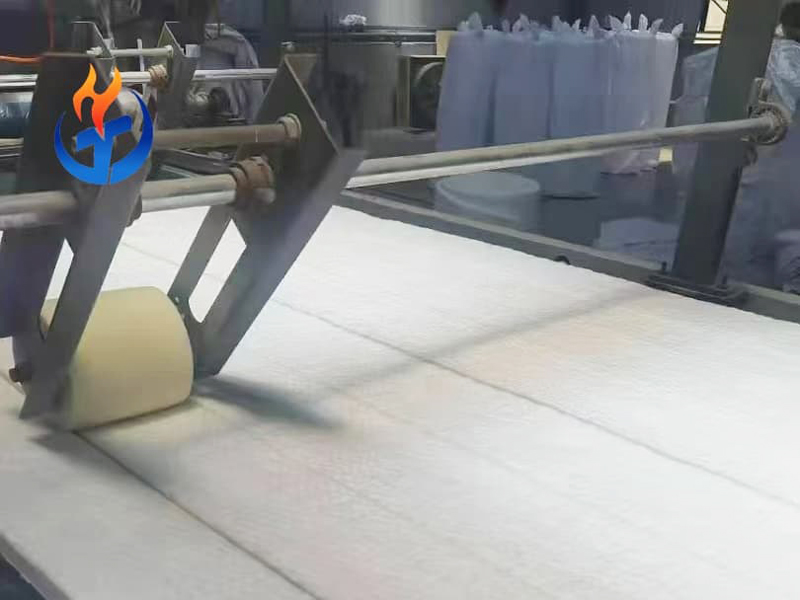
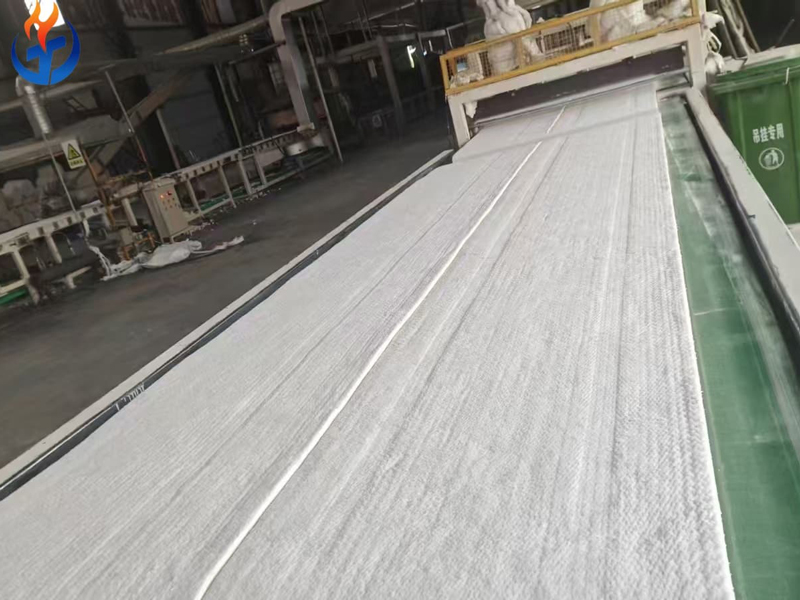
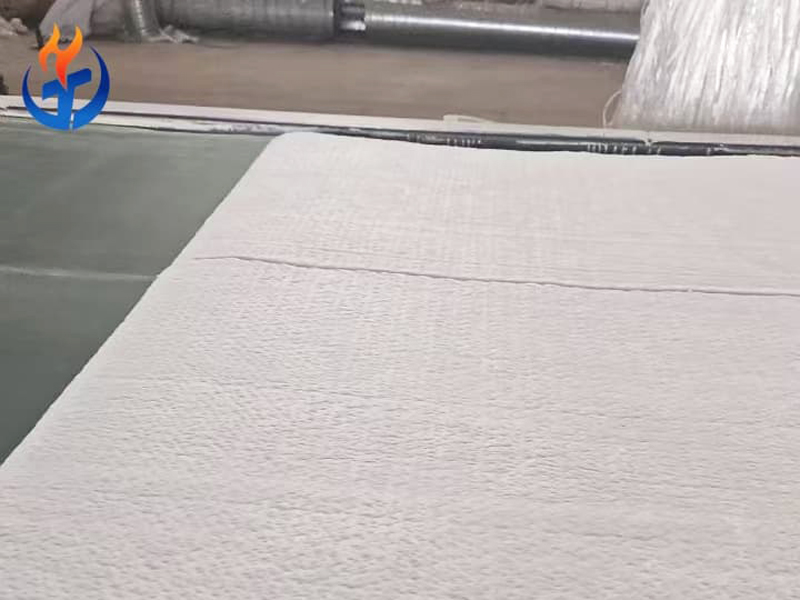
Packing and Shipping Details
To ensure product integrity during transit and storage, Zirconium Ceramic Fiber Modules are carefully packed using durable, moisture-resistant packaging materials. Each module is wrapped in plastic film to prevent contamination from dust or moisture and then placed in high-strength corrugated cartons or wooden cases, depending on the quantity and shipping method.
Packing Options:
Standard Carton Box: For smaller orders or domestic transportation, modules are packed in strong cardboard boxes with internal cushioning for stability.
Fumigation-Free Wooden Crates: For international shipments or bulk orders, modules are securely stacked and packed in wooden crates that meet export packaging standards.
Customized Packaging: Available upon request to meet specific dimensional or branding requirements.
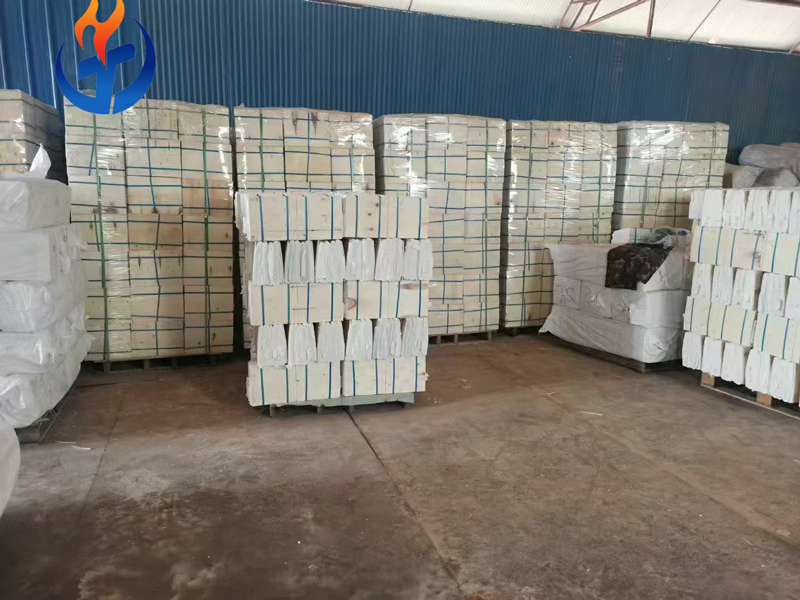
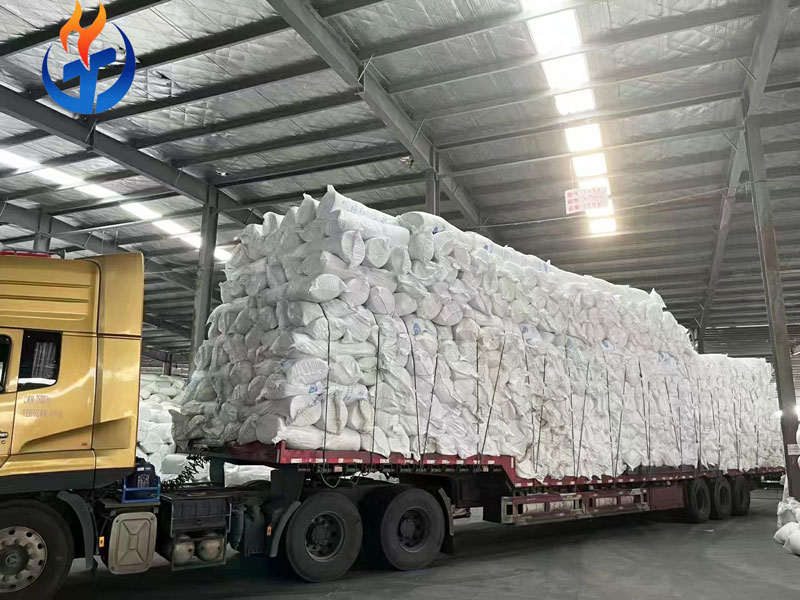
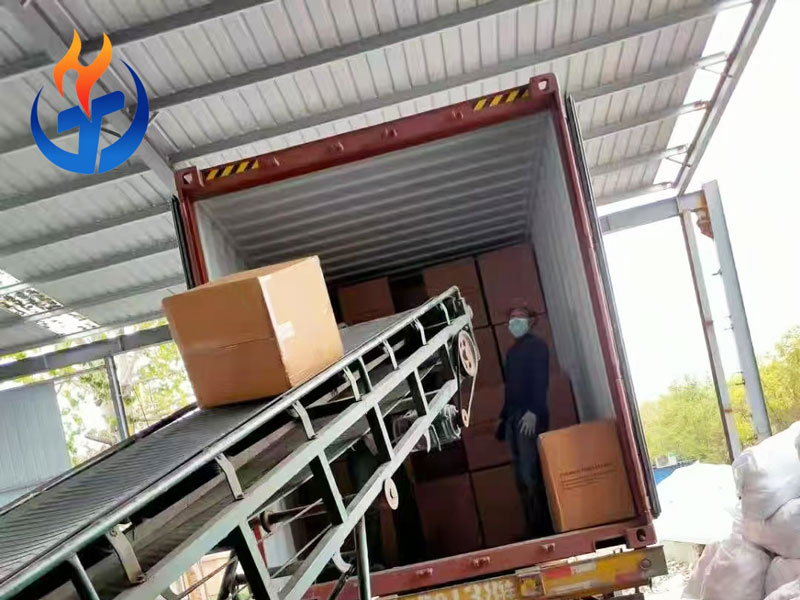
Frequently Asked Questions (FAQ)
Q1: What is the maximum temperature resistance of Zirconium Ceramic Fiber Module?
Zirconium Ceramic Fiber Modules are designed for continuous use in environments up to 1450°C (2642°F), offering superior thermal insulation and stability in ultra-high-temperature industrial furnaces.
Q2: What makes zirconium ceramic fiber modules different from standard ceramic fiber modules?
These modules are enhanced with zirconia (ZrO₂), improving their thermal shock resistance, structural integrity, and resistance to chemical erosion—making them ideal for more aggressive thermal environments.
Q3. Can the modules be customized for different furnace shapes or installation methods?
Yes. Modules can be customized in size, anchor type (such as Y-anchor, V-anchor, or studs), and folding direction to suit various kiln designs and mounting systems.
Q4: Are the modules pre-compressed or do they expand during installation?
Zirconium Ceramic Fiber Modules are supplied in pre-compressed form and will expand slightly after installation to ensure a tight, seamless insulation layer with no gaps.
Q5: How are the modules anchored during installation?
Each module includes a built-in stainless steel anchor system that securely fastens the module to the furnace shell or refractory wall, ensuring long-term mechanical stability.

